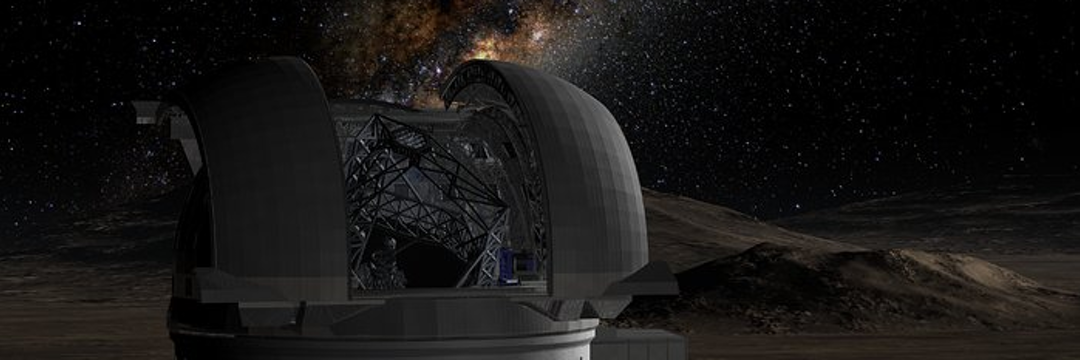
doi.org/10.1098/rspb.2024.2891
Credibility: 989
#Fossils
Fossils found in the Caribbean reveal that long-extinct land predators, sebecids, lived in the region for much longer than previously thought, changing our understanding of ancient ecological history
Imagine a crocodile with a body as sleek and agile as a greyhound.
That’s the sebecid! These animals, which could grow to 20 feet long, dominated South America after the extinction of the dinosaurs about 11 million years ago.
At least, that’s what scientists thought until they started finding strange fossil teeth in the Caribbean.
“When we found these teeth in the Dominican Republic and other Caribbean islands, the first question was, ‘What are these teeth”‘” said Jonathan Bloch, curator of vertebrate paleontology at the Florida Museum of Natural History.
The confusion made sense.
Thirty years earlier, scientists had found two unusual teeth in Cuba that were about 18 million years old.
They were sharp, with serrated edges, perfect for cutting meat, indicating that they belonged to a large predator.
But until then, it was believed that large land predators had never lived on the Caribbean islands.
The mystery was compounded by the discovery of another tooth in Puerto Rico, this one 29 million years old.
Even so, teeth alone were not enough proof to identify the animal, and the enigma continued.
The Big Discovery
Everything changed in early 2023, when a team of researchers found another fossilized tooth in the Dominican Republic, but this time along with two vertebrae.
It wasn’t much, but it was enough.
The fossils were from a sebecid, and the Caribbean, contrary to what was previously thought, was a refuge for the last sebecids, at least 5 million years after they disappeared elsewhere.
The discovery was described in a study published in the journal Proceedings of the Royal Society B.
Lead author Lazaro Viñola Lopez conducted the research while he was a graduate student at the University of Florida.
He says he was thrilled to find the fossils: “It’s an indescribable feeling to realize what you’ve found.”
Sebecids were the last survivors of the notosuchians, a large and diverse group of extinct crocodilians that existed since the age of the dinosaurs.
Unlike modern crocodiles, most lived entirely on land, with a variety of sizes, diets, and habitats.
These predators acted like carnivorous dinosaurs, chasing prey with their four long, agile legs and tearing flesh with their sharp teeth.
Some species had armor made of bony plates on their skin.
The mass extinction that wiped out the dinosaurs 66 million years ago nearly wiped out the notosuchians, but in South America, sebecids survived to become the top predators.
Evidence for Ancient Land Bridges
The sea that separates the Caribbean islands from South America would have been a major obstacle for a land-dwelling sebecid to swim across.
By finding the fossils, scientists have found clues that support the GAARlandia hypothesis.
This theory suggests that temporary land bridges or a chain of islands allowed land-dwelling animals to travel from South America to the Caribbean.
If, as scientists believe, the serrated teeth found on other Caribbean islands are also from sebecids, these giant reptiles lived and shaped the region’s ecosystems for millions of years.
Today, it is difficult to find evidence of these large land predators.
Without them, smaller predators, such as birds, snakes and crocodiles, evolved to take their place in the food chain.
“Looking at the ecosystem today, you wouldn’t think this,” Bloch said.
“The presence of a large predator is very different from what we thought, and it’s exciting to imagine what else might be discovered in the Caribbean fossils.”
The discovery confirms what ecologists have observed in other parts of the world: islands can function as “biodiversity museums,” harboring plants and animals that survive even after their related species on the mainland have disappeared.
New Ways to Study the Caribbean
Although the tropics are very rich in biodiversity, much of their natural history is still unknown.
That’s why, according to Bloch, these regions are so important – and challenging – for paleontologists.
In the past, many paleontologists in the Caribbean searched for fossils in caves and blue holes, where animal remains accumulate.
Caves protect animals from harsh conditions, and predatory birds, such as owls, take their prey there, leaving bones behind.
Blue holes preserve fossils very well because they lack oxygen, which prevents decomposition.
But these sites only reveal a fraction of ancient biodiversity, because most of the fossils are recent.
To find older fossils, paleontologists in the Caribbean are changing their approach.
Finding these fossils requires more effort and, often, luck.
“It’s like a new era of discovery,” Viñola-Lopez said, excited by the renewed interest in the region.
Local scientists have the advantage of acting quickly when they find a potential fossil site.
In the Caribbean, where wind and rain weather rocks and forests cover fossil sites, such sites don’t last long.
“When they’re cutting a road or shortly after, you find the fossils.
If you wait a few years, they’re gone,” Viñola-Lopez explained.
The discovery of the sebecid fossils in the Dominican Republic was made possible only because local workers were cutting a road right where the fossils were.
Elson Core, then a student at the University of Puerto Rico, found the site while studying rock layers and alerted his colleagues.
Viñola-Lopez heard about the site from other paleontologists and immediately planned a visit.
More Discoveries in the Caribbean
This study is just one of many incredible discoveries made recently in the Caribbean.
Lazaro and his team found the first record of mosasaurs, giant marine reptiles, in the region.
In addition, the oldest fossils of ground sloths on Hispaniola have helped fill in gaps in the paleontological history of the Caribbean.
More recent mysteries are also being solved.
Research suggests that the arrival of humans may have caused the extinction of the islands’ native rodents.
And there’s much more to come.
As Viñola-Lopez put it, “the sebecid is just the tip of the iceberg.”
Published in 05/08/2025 00h54
Text adapted by AI (Grok) and translated via Google API in the English version. Images from public image libraries or credits in the caption. Information about DOI, author and institution can be found in the body of the article.
Reference article:
| Geoprocessing Drone Systems HPC |

| ERP and CRM Systems Mobile Systems AI |


